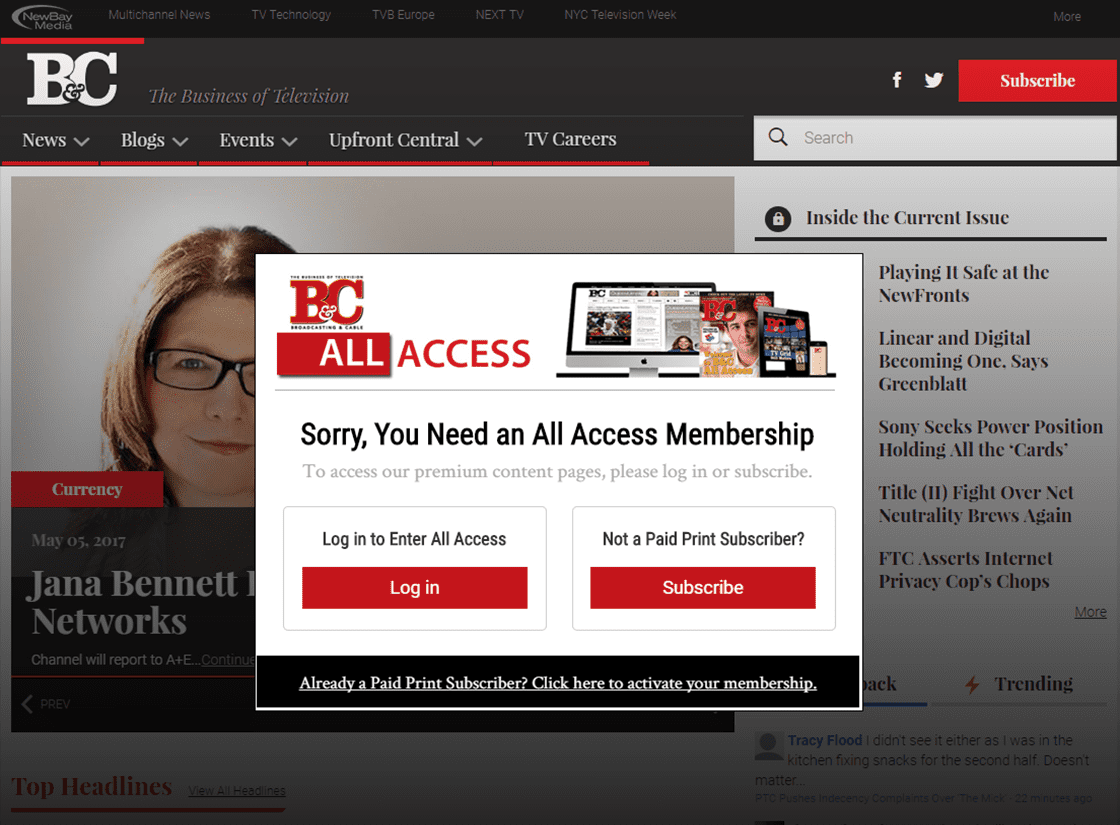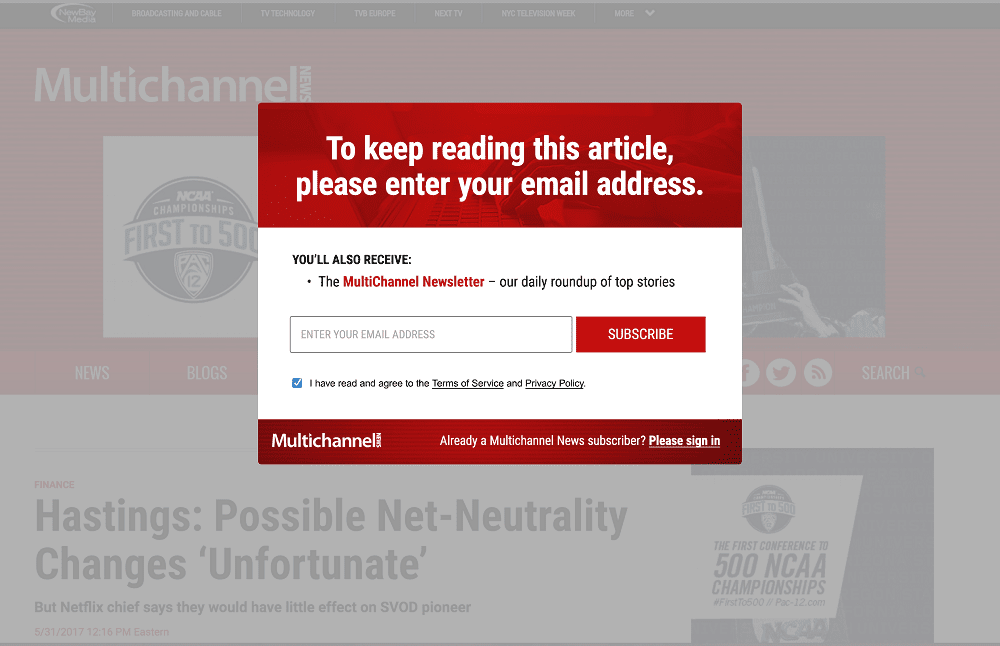
Things have been looking a little grim over in the publishing industry, and not just because of the seemingly endless onslaught of bad news they must deliver. Or that new Washington Post slogan that sounds like a stray phrase from the journals of an angsty student council member.

It’s the question of monetization: how can digital publishing & media companies generate enough revenue from their content to stay afloat? As programmatic ad revenue becomes more scarce and the Facebook-Google duopoly shows no signs of slowing, it’s becoming increasingly clear that publishers must monetize their audience directly. That means asking readers to pay up.
Fortunately, there’s hope for the paid route: with an overabundance of cheap online content, discerning readers are more willing to pay for digital quality than ever. That’s why publishers are prioritizing audience development. If they wish to monetize their readers, publishers must first establish the relationships that persuade readers of their content’s value. But when publishers need to connect with their audiences, doesn’t a stark paywall between the reader and the content only create more distance?
That’s what PostUp set out to fix. PostUp’s new Dynamic Content Wall provides the audience development and revenue generation solutions publishers need to thrive in the changing publishing industry.
What’s different about PostUp’s Dynamic Content Wall?
What sets PostUp’s solution apart is that it’s a little less like a wall and a bit more like a window. Readers can get a peek at what you have to offer, until the content wall cuts them off at the point where they’re most likely to convert. That’s because PostUp’s flexible metered wall adjusts based on visitor behavior. A reader coming from search consumes content differently than one from Facebook, and our dynamic wall takes this into consideration.
But with all that technology under the hood, it must be pretty hard to get off the ground, right? Wrong! Early paywalls had to be built in-house, requiring resources that most publishers didn’t have, but PostUp’s turnkey wall solution allows you to start monetizing content without uprooting your entire website.
And as easy as it is to get started with your wall, it’s even easier to tweak. After all, there is no one-size-fits-all business model. Publishers can use the content wall’s rigorous testing capabilities to see what works best for their website, and they can make any necessary changes to their content wall settings in just minutes. The dynamic, agile nature of the content wall allows publishers to pursue a personalized business model.
Wait. “Personalized business models?”
Publishers have long personalized content for readers. It’s only natural that they should try to personalize their business too. But we’re not talking monogrammed briefcases here! Publishers can actually optimize their business model to individual visitors in order to maximize both subscription and ad revenue.
The dynamic content wall adapts to the reader, which is important when every reader is different. Some readers will gladly fork over money for content. Other readers will never pay, but they might consume a few articles here and there. The wall takes this behavior into consideration, presenting each reader with the version of the wall that will make you the most money.
Readers more likely to pay for content will be met with a stricter paywall, and more casual readers (such as readers clicking links from Facebook) will be allowed to consume content and generate ad revenue. With a dynamic solution, you can maximize subscription revenue from dedicated readers without worrying about a loss of ad revenue.

So what makes it a “content” wall and not just a regular paywall?
While a paywall allows users inside after they fork over a few dollars, our content wall allows publishers to substitute a different kind of currency. In particular, the email address.
Publishers can set up their dynamic content wall to ask for an email address instead of money (or even before asking visitors for money later). Readers then enter their email address to gain unlimited access to the site, to exclusive content available only to newsletter subscribers, or even just to one more article before the paywall comes up for good.
With the content wall, visitors receive value through free content, and publishers receive something of value as well: the right to market to the reader. Once you get the email address, you have a direct line of communication with your readers. You can then use this channel to deliver content, to develop your audience, and even generate revenue.
The versatility of email makes it an invaluable tool for publishers. Readers who receive a New York Times newsletter are twice as likely to become a paid subscriber, newsletters are the “single largest contributor” to customer retention for Hearst, and even B2B publishers tout their email newsletter success. No matter what your business model, your email list will be a critical factor in cultivating the audience relationships necessary for you to succeed.
From the Wall to the Window
When monetization and reader relationships are paramount, PostUp’s content wall solutions keep your revenue in, not your audience out.
Ready to see for yourself? Check out our content wall solution guide, The Past, Present, and Future of Monetization for Digital Publishers.

